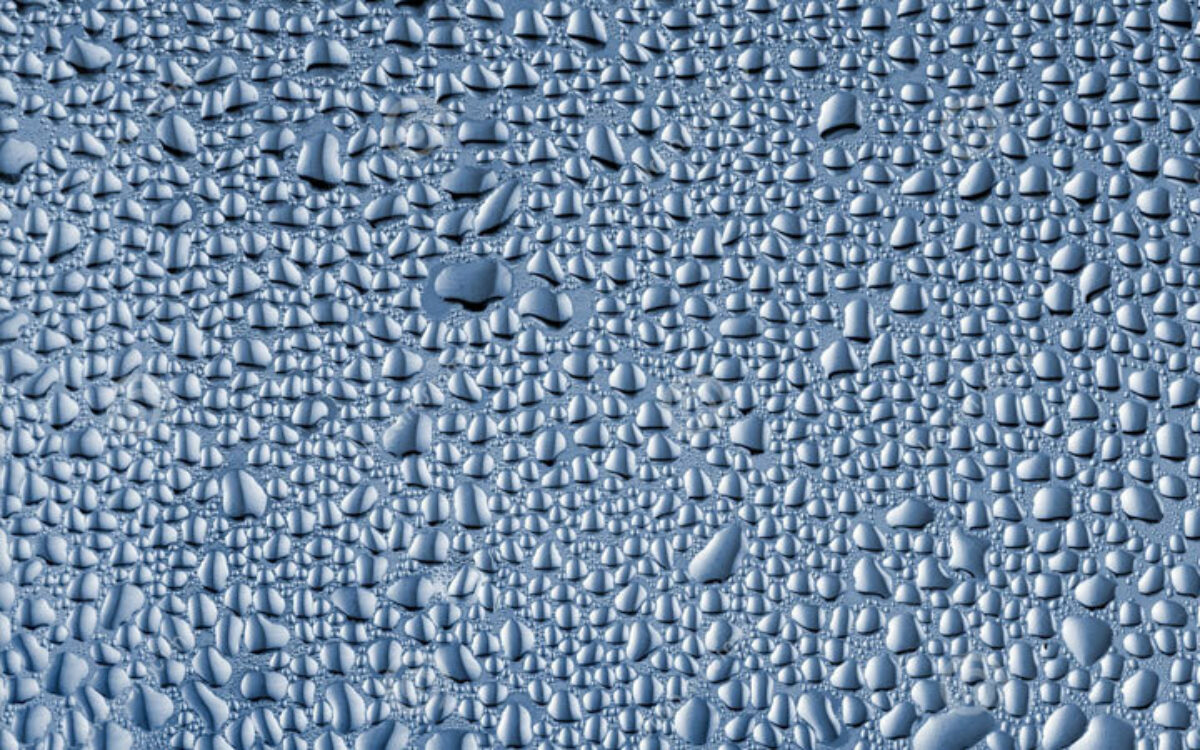Your handy guide to condensation
This is your handy guide to condensation and how to deal with it.
Written by Marcus
—28 Jun, 2016

There is always some moisture in the air, even if you can’t see it. If warm air gets cold, it cannot hold all the moisture produced by everyday activities and some of this moisture appears as tiny droplets of water. It’s most noticeable on windows on a cold morning.
This is condensation.
Condensation is often mistaken for penetrating or rising dampness, but is much easier to treat and avoid. Condensation occurs in cold weather, even when the weather is dry.
Look for condensation in your home. It can appear on or near windows, in corners and in or behind wardrobes and cupboards.
Condensation forms on cold surfaces and places where there is little movement of air and will sit on the surface, whereas damp would penetrate deeper than the surface.
To prevent condensation, take the following steps:
- Make Less Moisture by drying your clothes outside, running the cold tap before the hot tap in the bath and putting lids on saucepans;
- Ventilate your home by opening windows and using the extractor fan;
- Heat your home efficiently, at a constant low temperature of 18ºC, to prevent condensation forming because of changes in warmth;
- Remove mould immediately to stop it spreading and causing damage – special products can be bought from supermarkets and DIY stores.
If you have any questions regarding condensation, please contact us on 01495 745910 or email enquiries@melinhomes.co.uk